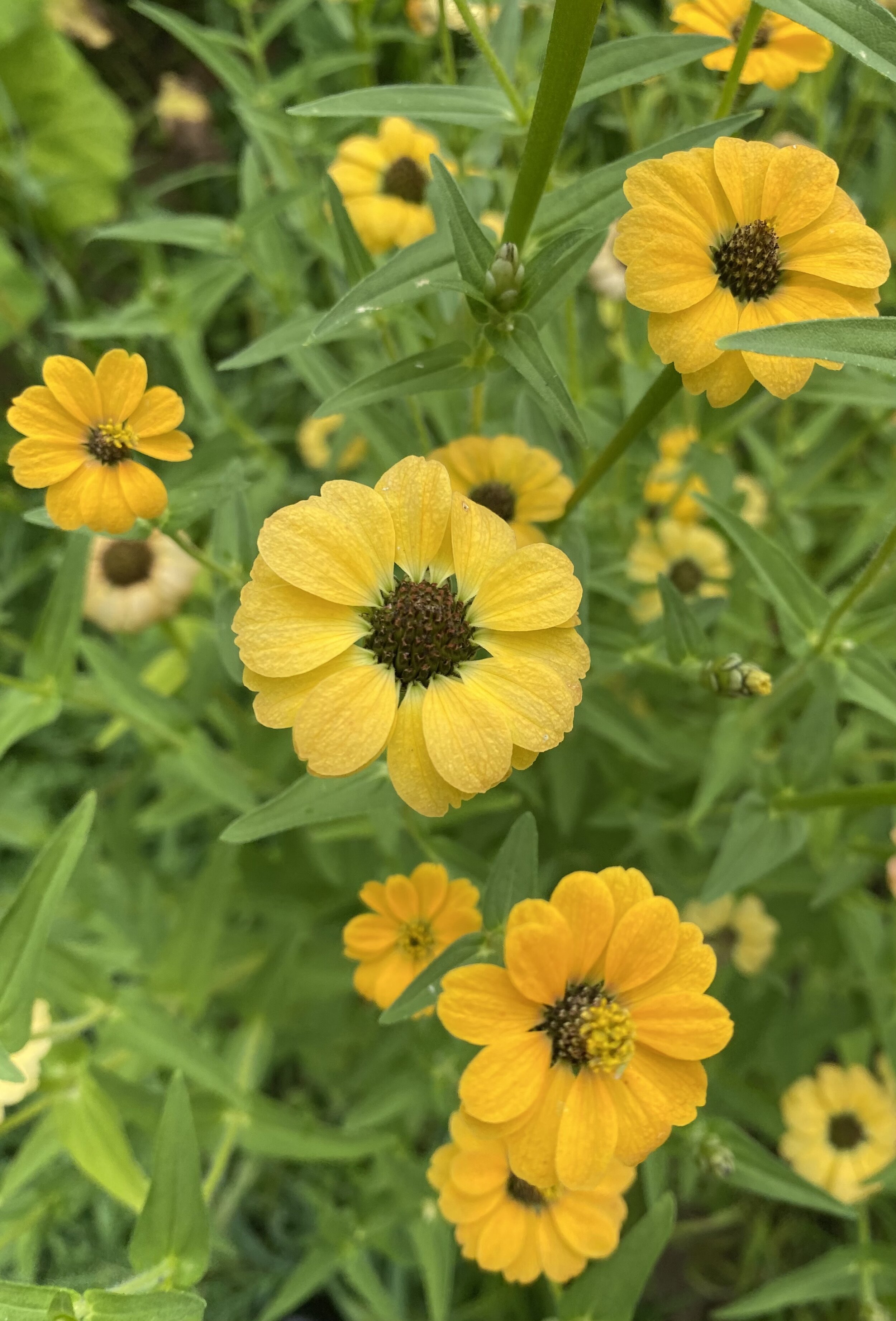Zinnia peruviana
Zinnia peruviana
ZINNIA PERUVIANA SEEDS
Zinnia peruviana
The yellow form of this wild species. In many ways the “original" zinnia. The genus is named for Johann Gottfried Zinn, the first European to describe what we now call Z. peruviana. He mistook it for Rudbeckia, thus we presume that it was indeed the yellow selection he encountered. If this view is too colonial for you, consider that this species was once so beloved that its range encompasses much of the western Americas, from Arizona to Argentina, a far greater swath than any other zinnia. It was possibly the preferred species among Native Americans long before Europeans began producing myriad hybrids of Z. elegans.
Unlike its cousins, this species has not been terribly “improved". Perhaps because it can hardly be improved. It is a perfect little plant, producing elegant if petite flowers all season long. Attracts bees and butterflies and withstands both torrential rain and drought. It does not require deadheading nor is it susceptible to powdery mildew. Perfection.
Start seeds indoors in flats 4-6 weeks before the last spring frost. Press into moist soil and barely cover with additional soil or fine vermiculite, pressing gently and misting carefully with warm water. Cover with plastic to maintain moisture and temperature. Kept warm and moist in bright light, seeds germinate in a week or two. Uncover and grow on at warm room temperature in bright light. Harden off carefully before transplanting into warm garden soil in full sun when all danger of frost has passed. Water frequently until well-rooted. Seeds may also be sown directly into warm soils after all danger of frost has passed.
Plants grow to around 3' in most gardens, occasionally pushing 4' in a particularly lush year. Stems are long and sturdy. Zinnia peruviana is lovely in both fresh bouquets and dried arrangements.
Packet contains at least 50 seeds.
